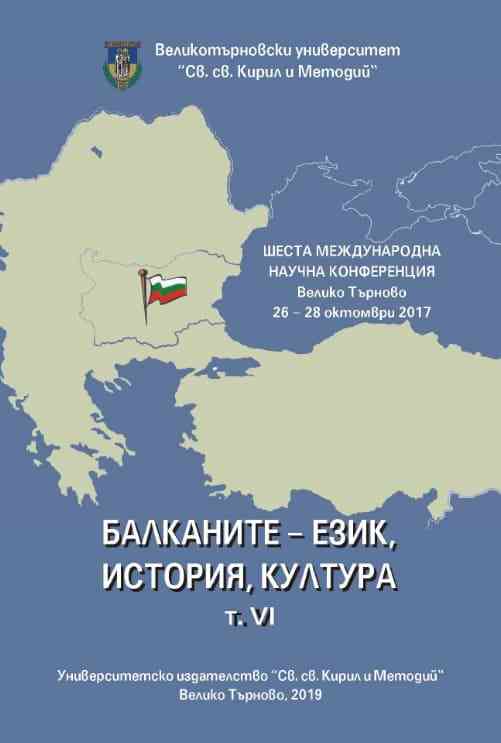Количествена характеристика на хамамите в градовете от днешна България през XVI–XVII в.
Quantitative Characteristic of the Hamams in the Present-Day Towns of Bulgaria during the 16th–17th Centuries
Author(s): Zhulieta GyulevaSubject(s): History, Fine Arts / Performing Arts, Architecture, Local History / Microhistory, Modern Age, Special Historiographies:, 16th Century, 17th Century, The Ottoman Empire
Published by: Великотърновски университет „Св. св. Кирил и Методий”
Keywords: hamams; Bulgarian lands; Ottoman period; quantitative characteristic
Summary/Abstract: Together with the mosques, hamams are among the most characteristic Muslim public buildings. Usually they were part of an architectural complex – imaret. In addition to the Friday mosque and a number of commercial buildings, there was also a hamam in the urban center. Their place and importance in the architectural and urban planning of the settlements has not been studied yet. In this study we look at the issue of the number of hamams in some Bulgarian towns during XVI–XVII c., what is due to, whether it is permanent or not, and how much it is related to the size and the population of the cities. Since they are part of a vast empire, they must to be placed in any case in the context of the other Ottoman provinces. This will allow the question to be answered if there is a difference between them or the things are identical.
Journal: Балканите – език, история, култура
- Issue Year: 6/2019
- Issue No: 1
- Page Range: 108-115
- Page Count: 8
- Language: English, Bulgarian

